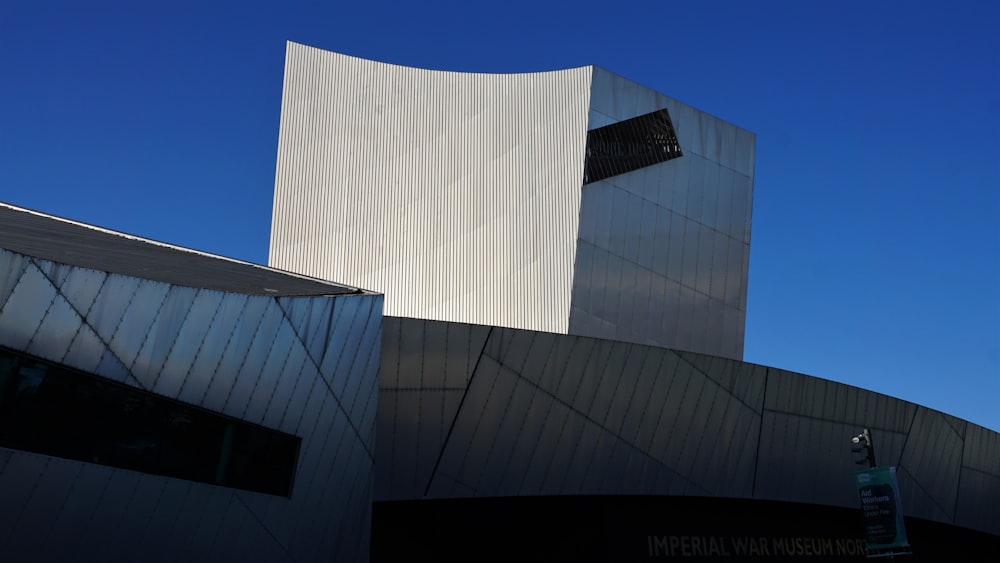Do provincial cities exist?
An extract from the next volume of ROARK
This is an extract from an essay I’ve written for the next volume of ROARK, which is themed around how consumer society influences the spaces we inhabit.
It’s a look at Manchester in particular, a city I’m fond of but whose architecture, much like that of Waugh’s Professor Silenus, is not fond of humans. I look at the development of what French anthropologist Marc Augé defined as a ‘non-spaces’ and ask if their spread across provincial cities across Europe - particularly former industrial towns undergoing ‘regeneration’ - has eroded the differentiations between cities and rendered the concept of a provincial city a thing of the past.
In 1992, Augé outlined the differences between what he calls anthropological spaces and non-spaces in the imaginatively titled essay (and subsequent book), Non-Places: ‘Anthropological place is formed by individual identities, through complexities of language, local references, the unformulated rules of living know-how; non-places create the shared identity of passengers, customers or Sunday drivers.’ Anthropological places are easily identifiable - they have the three characteristics of being ‘places of identity, of relations and of history.’ Non-places are their opposite. They don’t have enough significance to be called spaces; they anonymise the individual, have no relationship to the setting, people or history of their location.
‘As it so often does, architecture became a tool of the economic. These city—wide rebranding projects are often launched in the same way, with leaders turning to leading international architects to provide a flashy showpiece, to replicate ‘the Bilbao effect’. The ‘icons’ of the Lowry and the Imperial War Museum North, both housed in Salford Quays, have both rightly been decried by such notables as Jonathan Meades and Owen Hatherley for their unimportant, unrepentant, unimaginative shitiness.
The ultimate purpose of these showpiece buildings is immaterial - their figurative meaning offers the value. Whatever the building, whomever the architect, wherever the city, it was a physical manifestation of the city’s conversion - a sculptural rendition of Saul on the road to a very profitable Damascus. Statement pieces all share a meaningless, rootless architectural style that is both non-relational and non-historical, designed to appeal to the international, not to the local.
It is of course entirely appropriate, entirely symbolic and entirely convenient that the architectural fabric of former industry is usually the first to be regenerated into non-space. In order to house new workers, attract new visitors, host new business, new buildings are necessary. Big business requires big spaces, and the vast spaces of docklands or large industrial areas offer the necessarily vast scale. Added to that is the fact that the space is cheap, offering stellar profit margins, and that it is readily available; building permits and permissions are entirely within the gift of city leaders, and redevelopment brings political bonuses as well as jobs. At their height the Manchester Docks were the third busiest port in Britain, a port enclave, 35 miles inland, slowly killed by containerisation and deindustrialisation before being closed in 1982. Now it is an exclusive entertainment and luxury housing complex, housing BBC executives during the week and the city’s homeless at the weekends, a modernist mausoleum unencumbered by genuine human interest, agency or existence.
The Lowry and IWM North set the tone for the rest of the city to follow, establishing an architectural precedent for similarly remote, top-down internationalism. The vernacular of the non-space does not lend from the local library, and this is entirely necessary. Auge’s non-places don’t just require a dislocation from their immediate surroundings, but are borne of a need - the need of what he termed ‘super modernity’ to move vast quantities of both capital and people. They are designed to reduce the reduce the individual’s identity to whatever they are doing in the non-space - that is, to consumer or commuter. Non-spaces are designed to engender as close to a frictionless existence as is possible by reducing interaction to the absolute minimum, because that is the most profitable way of designing a space.
This process of regeneration erodes the number of spaces that differentiate cities between each other. What replaces them further erodes that gap. If provincial cities do exist, then the process of regeneration is making it more and more difficult to tell them apart. The redevelopment of former industrial areas is a reification of the city’s transition - repurposing whole neighborhoods previously dedicated to industry serves to sanitise the city’s past, to gentrify its’ reputation. No longer are there dirty, soot-blackened factories or well-worn wharves, the rotting corpse of industrialisation. Regeneration renders the historical fabric of the city inessential. As a result, few buildings survive the process.’


